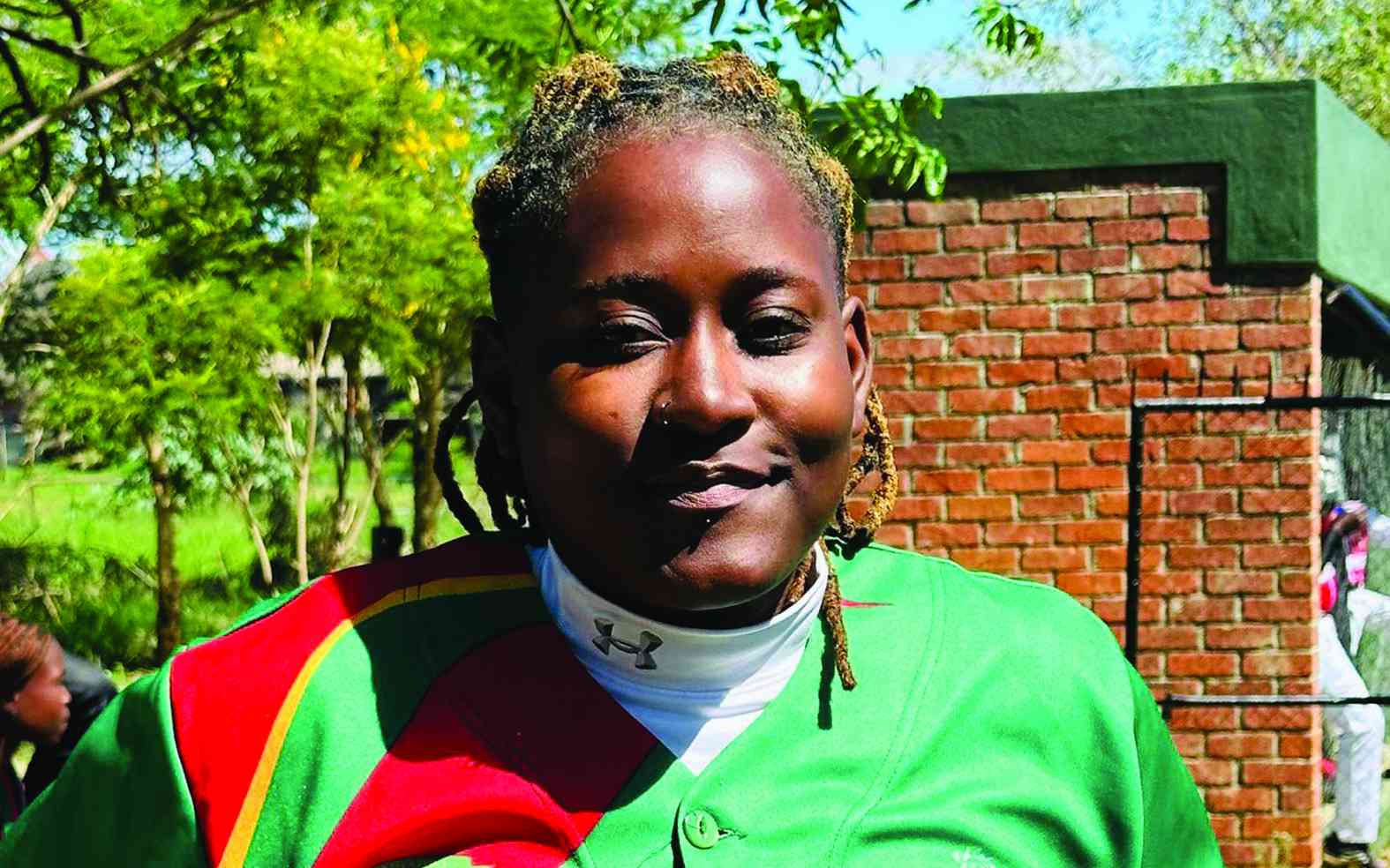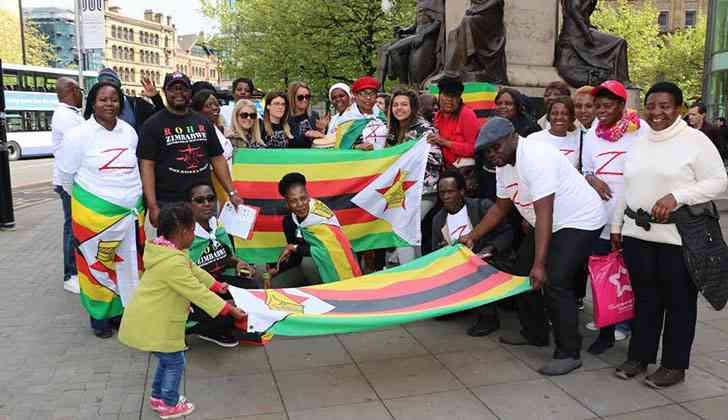
EVERY June 12, the International Labour Organisation (ILO) joins forces with its constituents and partners around the world to commemorate the World Day Against Child Labour.
On this World Day Against Child Labour 2024, Zimbabwe joins the global community in the commemorations. Under the banner of Let’s act on our commitments: End Child Labour!, the day serves as a poignant reminder of the urgent need to translate rhetoric into action.
This year’s World Day was focused on celebrating the 25th anniversary of the adoption of ILO Convention No 182 on the Worst Forms of Child Labour (1999), which, in 2020, was the first ILO Convention to be universally ratified.
This landmark convention reaffirms the global commitment to eliminating the worst forms of child labour, including slavery, trafficking and hazardous work.
A significant milestone indeed, but still with much more to be achieved. While calling on all member States that have not yet done so to ratify the Convention No138 on the Minimum Age for Admission to Employment or Work, (1973), the World Day is also an opportunity for reminding all stakeholders to improve their implementation of the two fundamental ILO Conventions on Conventions No 182 and No 138.
Governments around the world have ratified ILO Conventions on child labour and are committed to their implementation.
The Durban Call to Action, adopted by delegates following the fifth Global Conference on the Elimination of Child Labour in 2022, shows the way.
It is now time to take stock of the advances and challenges in relation to the elimination of child labour with the aim to improve implementation worldwide as well as to promote universal ratification of Convention No 138.
- Call to Worship Global a resounding success
- Let’s act on our commitments: End child labour
Keep Reading
The urgency to address child labour has never been clearer.
With the adoption of sustainable development goal target 8.7, the international community made a commitment to the elimination of child labour in all its forms by 2025.
While much progress has been made in reducing child labour over the years, recent years have seen global trends reverse and now more than ever, it is important to join forces to accelerate action towards ending child labour in all its forms.
Child labour deprives children of their childhood, education and future prospects, perpetuating a cycle of poverty and exploitation.
Child labour robs children of their innocence, health and well-being. Instead of attending school and playing, they toil in hazardous conditions, often for meagre wages or no pay at all.
Physical and psychological harm, including injuries, illnesses and trauma, are prevalent among children involved in such situations.
Besides being deprived of education, these children are denied opportunities to break free from the cycle of poverty, perpetuating intergenerational deprivation.
Child labour manifests in various forms, from hazardous work in artisanal mines and informal factories to domestic service, agriculture, commercial sexual exploitation and trafficking.
Poverty, lack of access to education and societal attitudes towards child labour contribute to its persistence.
In the wake of global crises like the COVID-19 pandemic, El Niño-induced droughts and in some parts flooding and economic downturns have pushed more children into exploitative labour, exacerbating the grave situation.
It is imperative that there be concerted action to ensure every child enjoys their right to a safe, nurturing environment conducive to their growth and development.
Eradicating child labour requires a multi-faceted approach involving governments, businesses, civil society and communities.
Governments play a pivotal role in enacting and enforcing laws that protect children from exploitation and guarantee their right to education and a safe environment.
Strengthening legal frameworks and allocating adequate resources for law enforcement and social services are crucial steps towards eradicating child labour.
Governments must invest in education, social protection and poverty alleviation programmes including decent work for parents.
Businesses, as key actors in global supply chains, bear a responsibility to ensure that their operations do not contribute to child labour.
Adopting ethical business practices, conducting thorough due diligence and investing in sustainable sourcing are essential for creating child labour-free supply chains.
Civil society organisations, including non-governmental organisations, trade unions and community groups, are instrumental in advocating for policy reforms, raising awareness and providing support to vulnerable children and their families.
Grassroots initiatives and community-based interventions play a vital role in addressing the root causes of child labour and empowering vulnerable communities.
Additionally, communities must challenge cultural norms that perpetuate child labour and create supportive environments for children’s well-being.
During the commemoration of World Day Against Child Labour in Zimbabwe, it is crucial to address the specific challenges and contexts within the country. As a commitment to action, Zimbabwe must:
Strengthen enforcement of legislative frameworks: Zimbabwe has a very strong policy and legislative framework for the care and protection of vulnerable children and in recent years has made progress with a particular focus on eliminating child labour.
What remains are rigorous monitoring protocols especially in the informal sector, robust enforcement mechanisms and deterrent penalties for violators.
Improve access to education: The government must urgently invest in infrastructure, resources and teacher training to improve access to quality education for all children, especially those in rural and marginalised communities.
There is need to strengthen implementation of measures to eliminate barriers to education, such as school fees and provide incentives to encourage school attendance.
The Basic Education Assistance Module is one such measure. The school feeding programme has also been proven to be effective in increasing enrolment and retaining children in school.
Enhance social protection programmes: With many families struggling to make ends meet, there is need to expand social protection programmes targeting vulnerable families in order to address the root causes of child labour, such as poverty and unemployment.
This may include cash transfers, food assistance, and access to healthcare, as well as support for caregivers and orphans. Ensuring decent work for parents is one sure way of safeguarding children from labour.
- Promote awareness and advocacy: Challenging social norms and long-held beliefs about the utility of children within the household is crucial. In days of old, families used to bear many children in order to guarantee labour for their fields.
It is, therefore, crucial to conduct nationwide and targeted awareness campaigns to educate communities, parents, and employers about the harmful effects of child labour and the importance of protecting children's rights.
- Strengthen child protection systems: The National Case Management System in Zimbabwe is good practise as it empowers the grassroots to safeguard children.
However, there is need to build capacity within the child protection system to identify, prevent, and respond to cases of child labour effectively.
This includes establishing mechanisms for reporting and monitoring child labour particularly in high-risk areas, as well as providing rehabilitation and reintegration services for affected children.
Providing access to counselling, legal assistance, and other support services for children who have been affected by child labour is imperative.
Empowering children to seek help and access resources is crucial for their recovery and reintegration into society.
- Engage stakeholders: It is only through collective effort that the aspirations of Sustainable Development Goal target 8.7 can be achieved.
It is thus important to foster collaboration and co-ordination among government agencies, employers, trade unions, civil society organisations, and international partners to develop and implement comprehensive strategies to combat child labour.
This includes proper coordination, sharing best practices, resources, and expertise to achieve common goals.
- Address gender dimensions: Recognise and address the gender-specific aspects of child labour, including the varied push and pull factors as well as disproportionate impact on girls and boys in different sectors.
- Child participation: Involving children themselves in the effort to eliminate child labour is not only ethical, but also highly effective.
It is important to have education and awareness programmes in schools and communities to educate children about their rights, the consequences of child labour and avenues for reporting violations.
Children who are informed are better equipped to recognise and resist exploitative situations.
Encourage children to express their thoughts and experiences through creative expression that can serve as powerful mediums for raising awareness and mobilising support.
Participation in decision-making cannot be overstated. Ensuring that children have a voice in decisions that affect them is incredibly empowering.
This could involve including children in the planning and implementation of programs and policies aimed at combating child labour, as well as creating opportunities for them to share their perspectives with policymakers and stakeholders.
Children often have unique insights and approaches that can complement traditional efforts.
- Support sustainable livelihoods: The government in collaboration with other stakeholders should provide support and training for parents and caregivers to access sustainable livelihood opportunities, reducing their reliance on child labour as a means of survival.
This may include skills development, vocational training, and access to microfinance and entrepreneurship programs.
By implementing these recommendations, Zimbabwe can make significant strides towards ending child labour and ensuring that every child has the opportunity to grow up in a safe, nurturing environment where their rights are protected and their potential is realised.
As the world commemorates this World Day Against Child Labour, there is need to reaffirm commitments to protecting children’s rights.
Every child has the right to education, safety and a childhood free from exploitation with opportunities for learning and play.
By investing in education, social protection, and sustainable development, we can create an enabling environment where children thrive and reach their full potential.
Together, let us work towards a future where no child is forced to sacrifice their childhood for economic survival.
Through fulfilling our obligations, collaborating across sectors and boundaries, and intensifying our efforts, we can realise the vision of an entirely child-labour-free society to reality.
As we mark World Day Against Child Labour in 2024, let us recommit to ending child labour in all its forms. Now is the time to make the elimination of child labour a reality.











